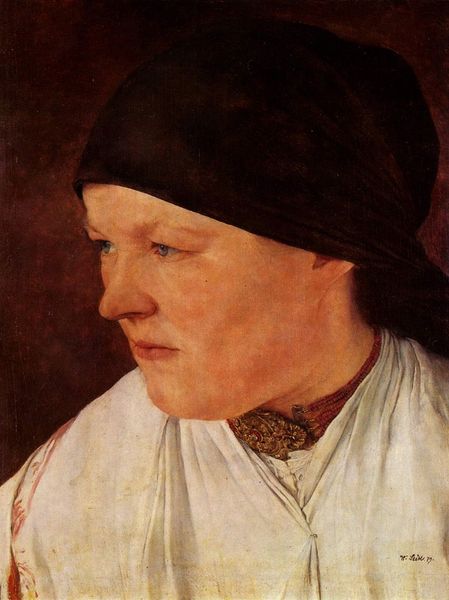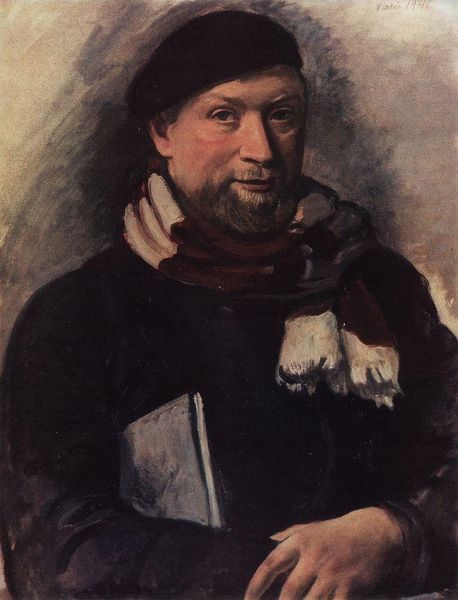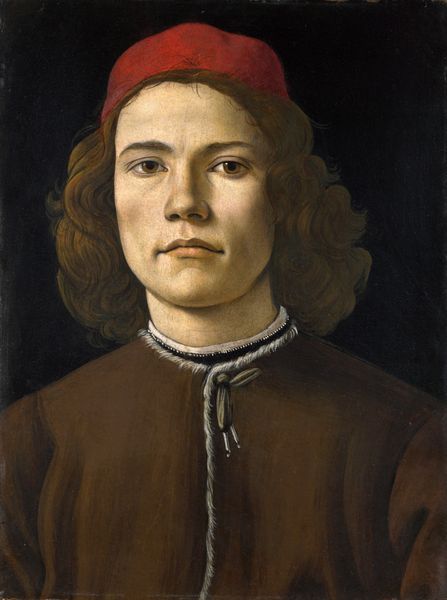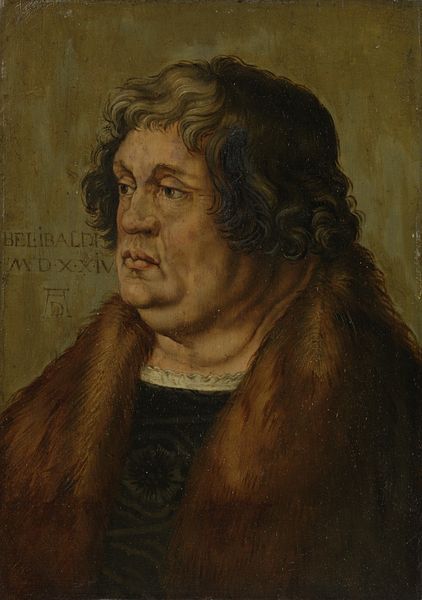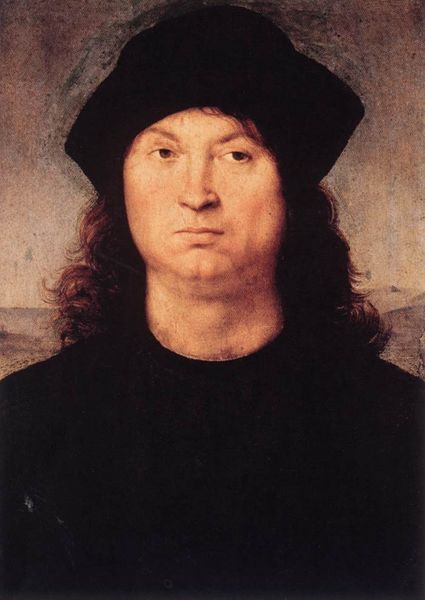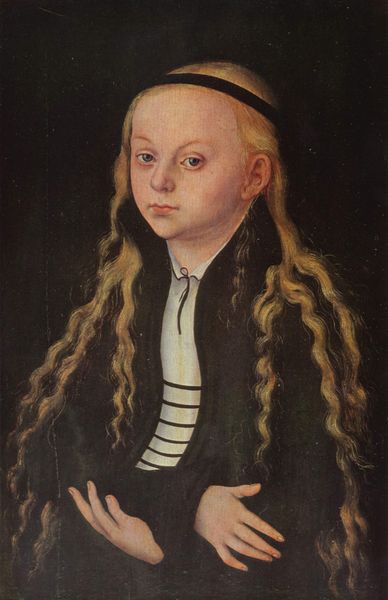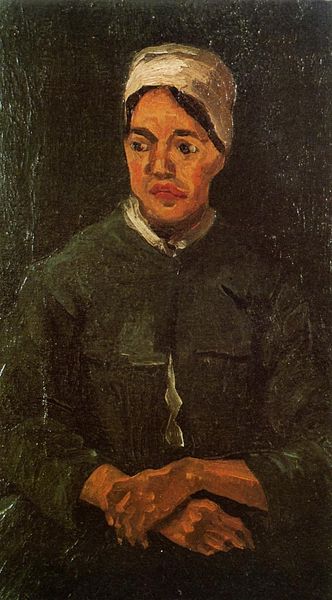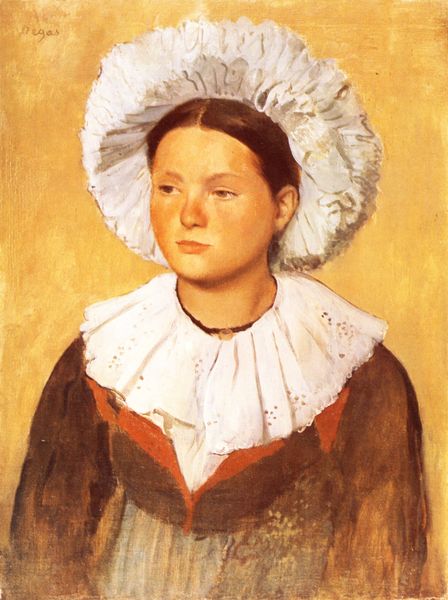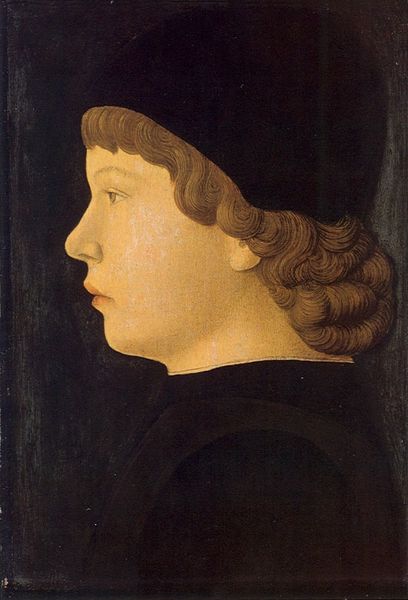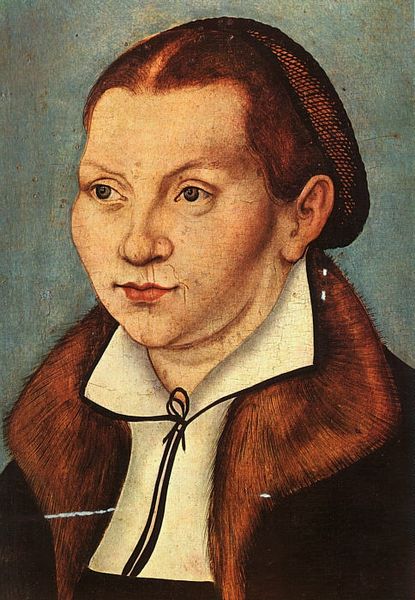
oil-paint
#
portrait
#
self-portrait
#
oil-paint
#
oil painting
#
italian-renaissance
Copyright: Public domain
Pietro Perugino painted this self-portrait in fresco within the Collegio del Cambio in Perugia. The composition centers on Perugino's face, framed by a red cap and dark tunic against a muted background. Observe how Perugino employs a somber palette to construct a sense of restrained dignity, typical of Renaissance portraiture. The geometry of the head, with its symmetrical and almost stoic expression, is framed by softer, wavy lines of the hair, which adds a layer of complexity to the otherwise formal presentation. This reflects the Renaissance's broader interest in balancing classical ideals of order with humanist concerns of individuality. Consider how the formal elements—the balance of line and color, symmetry, and the play of light—function as signs of an underlying structure of meaning. Perugino's self-representation is not merely a likeness but a carefully constructed statement about his status and artistic philosophy. It is an invitation to reflect on how artists use form to engage with contemporary notions of self and society.
Comments
No comments
Be the first to comment and join the conversation on the ultimate creative platform.
